Polishing with flap wheels is a nuanced art, and understanding mesh numbers is key to achieving your desired finish. Whether you're aiming for a mirror-like surface or a more functional texture, selecting the right flap wheel is crucial. In this guide, we'll dive into the connection between mesh numbers and polishing requirements, explaining how to choose the best tools for the job.
Table of Contents
- Introduction
-
What Are Mesh Numbers?
- H2: Definition of Mesh Numbers
- H3: How Mesh Numbers Are Measured
-
Flap Wheels: A Quick Overview
- H2: What Are Flap Wheels?
- H3: Common Materials in Flap Wheels
-
The Role of Mesh Numbers in Polishing
- H2: Why Mesh Numbers Matter
- H3: How They Impact Surface Finishes
-
Choosing the Right Mesh Number
- H2: Low Mesh Numbers for Coarse Polishing
- H3: Medium Mesh Numbers for General Applications
- H4: High Mesh Numbers for Fine Polishing
-
Applications of Different Mesh Numbers
- H2: Industrial Uses
- H3: DIY and Hobbyist Projects
-
Polishing Metals with Flap Wheels
- H2: Common Metals Polished
- H3: Matching Metals to Mesh Numbers
-
Mistakes to Avoid
- H2: Over-Polishing
- H3: Using the Wrong Mesh Number
- Care and Maintenance of Flap Wheels
- Tips for Getting a Perfect Finish
- Frequently Asked Questions
- Conclusion
Introduction
Have you ever wondered why your polishing results aren't quite right? It could be the mesh number of your flap wheel. These tiny numbers play a massive role in determining the finish quality. Let’s decode this puzzle to ensure your projects shine.
What Are Mesh Numbers?
Definition of Mesh Numbers
Mesh numbers indicate the size of abrasive particles on a flap wheel. The number corresponds to the number of openings per linear inch in a screen through which the abrasive grains can pass. Lower numbers mean larger grains, while higher numbers indicate finer grains.
How Mesh Numbers Are Measured
Mesh numbers are measured using a sieve system. For instance, a 60-mesh abrasive can pass through a screen with 60 openings per inch. The finer the mesh, the smoother the finish—but it also requires more precision.
Flap Wheels: A Quick Overview
What Are Flap Wheels?
Flap wheels are abrasive tools made of multiple overlapping ‘flaps’ of sandpaper. They’re mounted on a spindle and used for grinding, deburring, and polishing.
Common Materials in Flap Wheels
Flap wheels often use aluminum oxide or zirconia alumina abrasives, chosen for their durability and effectiveness. The backing materials can range from polyester to cotton, depending on the application.
The Role of Mesh Numbers in Polishing
Why Mesh Numbers Matter
Mesh numbers dictate the aggressiveness of the flap wheel. A lower mesh number removes more material quickly, while a higher number delivers a smooth finish.
How They Impact Surface Finishes
Want to remove heavy rust or smooth out weld seams? Go with a low-mesh wheel. Need a gleaming surface? A high-mesh wheel is your best friend.
Choosing the Right Mesh Number
Low Mesh Numbers for Coarse Polishing
Low mesh numbers (40-80) are perfect for heavy-duty tasks like removing paint or rust. They excel in situations requiring significant material removal.
Medium Mesh Numbers for General Applications
Medium mesh numbers (100-180) strike a balance between aggressiveness and smoothness. These are great for shaping and preparing surfaces for finer polishing.
High Mesh Numbers for Fine Polishing
High mesh numbers (240-400 and above) are your go-to for finishing touches. They’re ideal for applications requiring finesse and minimal material removal.
Applications of Different Mesh Numbers
Industrial Uses
From automotive manufacturing to aerospace engineering, mesh numbers guide the finishing process. For example, low-mesh wheels are used to grind down large burrs in metalworking.
DIY and Hobbyist Projects
Crafters and DIY enthusiasts rely on medium to high mesh numbers for detailed work, such as furniture refinishing or jewelry polishing.
Polishing Metals with Flap Wheels
Common Metals Polished
Metals like stainless steel, aluminum, and brass often undergo polishing. Each requires a different mesh range to achieve the desired effect.
Matching Metals to Mesh Numbers
For stainless steel, a medium mesh wheel works well for initial polishing, followed by a high-mesh wheel for a mirror finish.
Mistakes to Avoid
Over-Polishing
Overdoing it can ruin your work piece. Using too fine a mesh number for coarse jobs wastes time and effort.
Using the Wrong Mesh Number
A mismatch between the mesh number and task can lead to poor results or tool damage. Always assess your project before starting.
Care and Maintenance of Flap Wheels
To extend the life of your flap wheels, clean them regularly and store them in a dry place. Proper care ensures consistent performance.
Tips for Getting a Perfect Finish
- Start with a low-mesh wheel for initial shaping.
- Gradually move to higher mesh numbers for finer finishes.
- Keep the wheel aligned to the surface to avoid uneven polishing.
Frequently Asked Questions
-
What is the highest mesh number available?
Mesh numbers can go up to 2000 or more, typically used for ultra-fine polishing. -
Can flap wheels be used on wood?
Yes, but ensure you choose a medium to high mesh number for wood applications. -
How do I prevent uneven polishing?
Maintain consistent pressure and keep the tool moving to avoid hot spots. -
Are there alternatives to flap wheels?
Yes, options like sanding discs and belts can achieve similar results, but flap wheels are more versatile. -
How often should I replace a flap wheel?
Replace it when the abrasive flaps wear down or become ineffective.
Conclusion
Understanding the relationship between mesh numbers and polishing requirements can transform your results from amateur to professional. By selecting the right flap wheel and mesh number for your task, you’ll save time, reduce waste, and achieve the finish you’re after. Now, go ahead and make your projects shine!

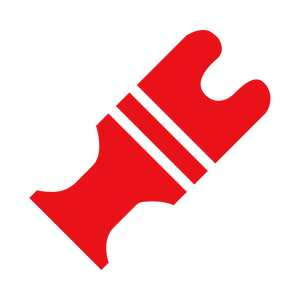 Oscillating Multi-Tool Blades
Oscillating Multi-Tool Blades
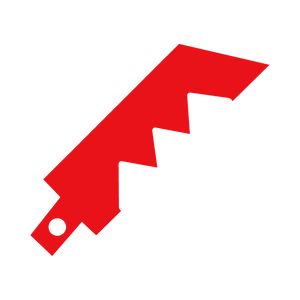 Reciprocating Saw Blades
Reciprocating Saw Blades
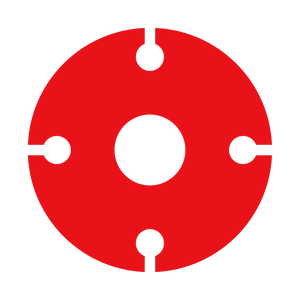 Cutting & Grinding
Cutting & Grinding
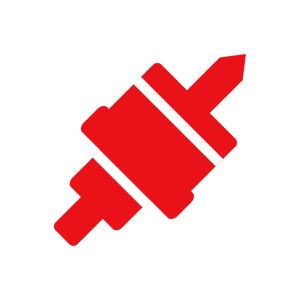 Hole Saw
Hole Saw
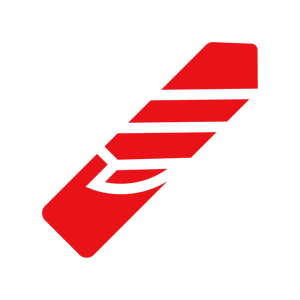 Drilling
Drilling
 Sanding & Polishing
Sanding & Polishing
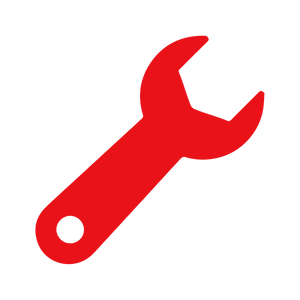 Hand Tools
Hand Tools
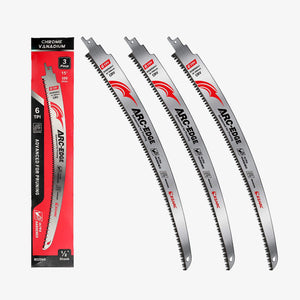 BEST SELLERS
BEST SELLERS
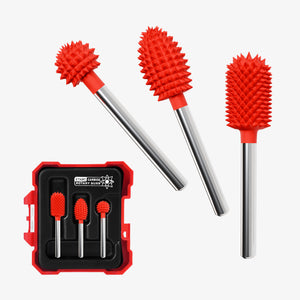 NEW ARRIVALS
NEW ARRIVALS
 Clearance Sale
Clearance Sale

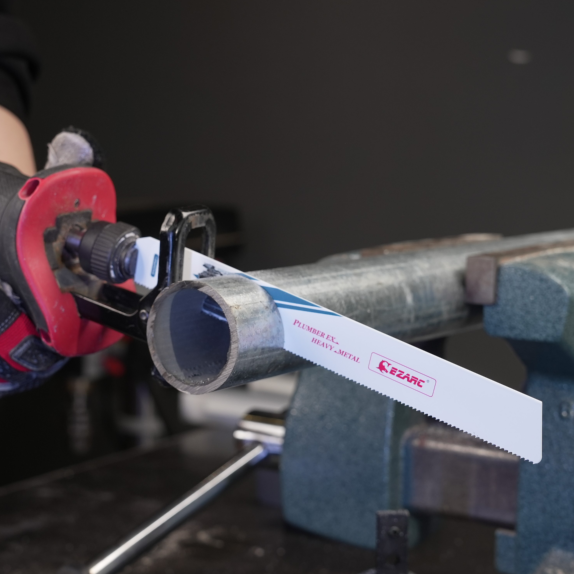
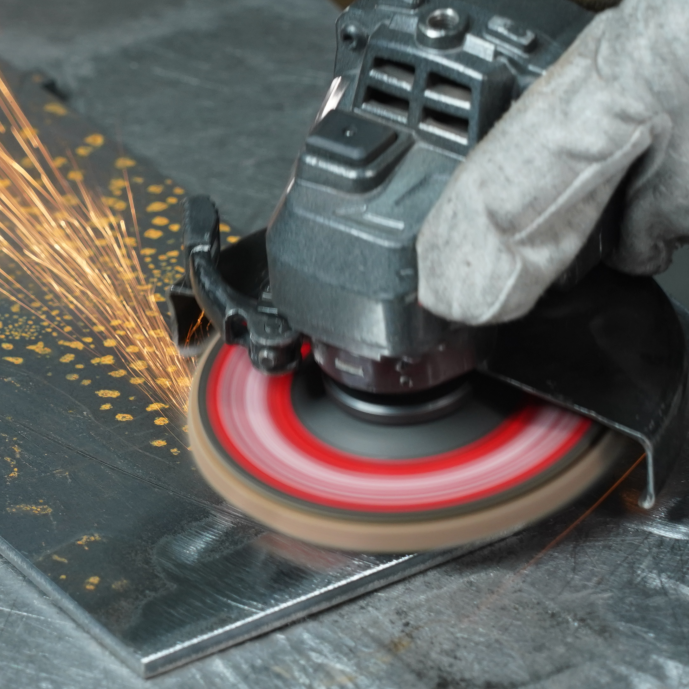
コメントを書く
このサイトはhCaptchaによって保護されており、hCaptchaプライバシーポリシーおよび利用規約が適用されます。